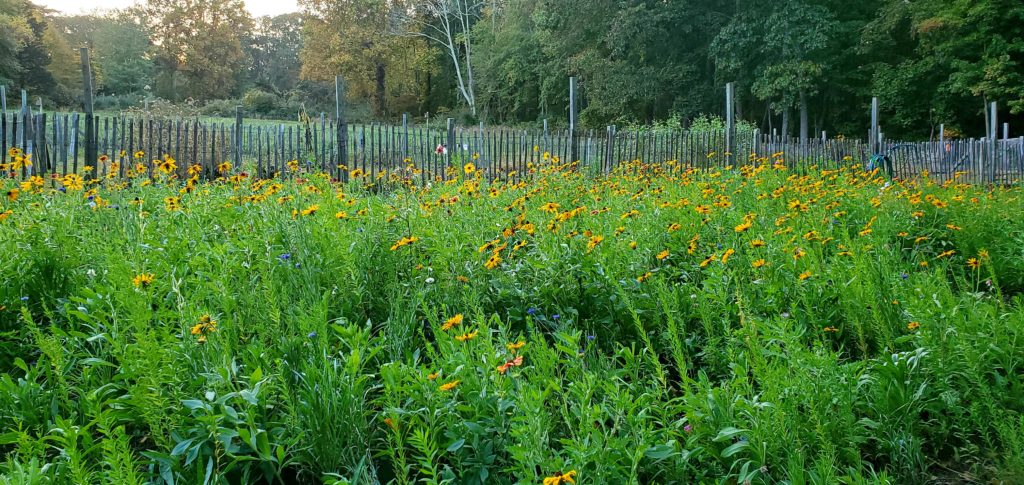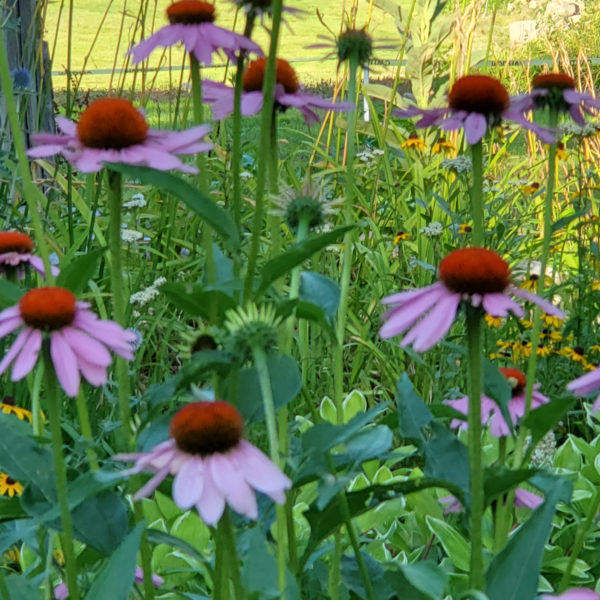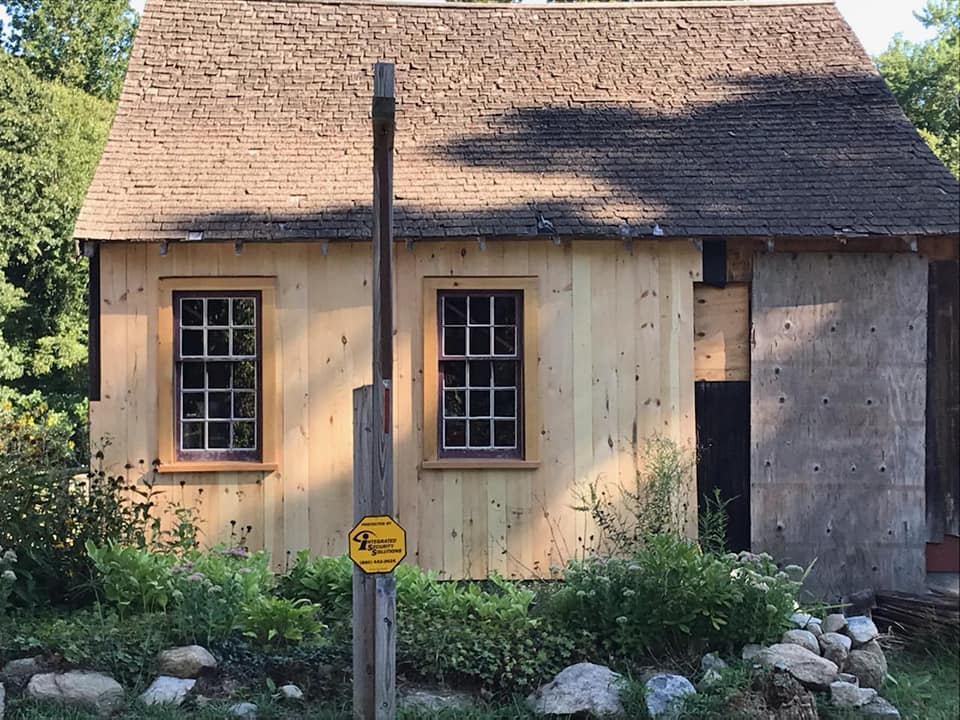
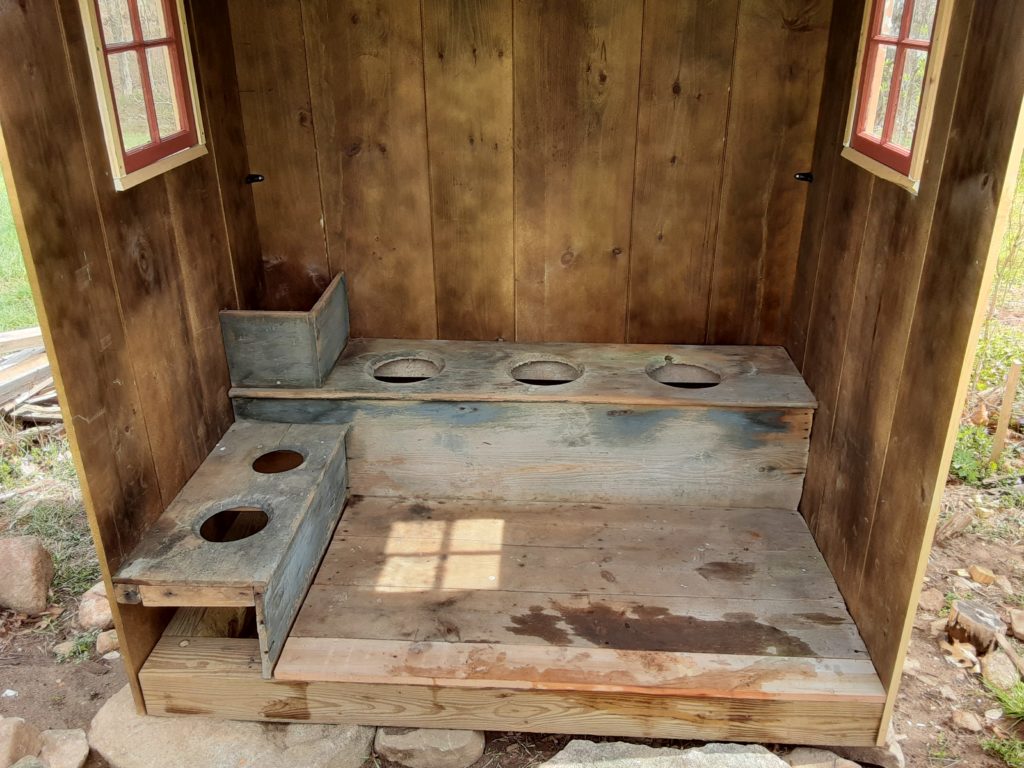
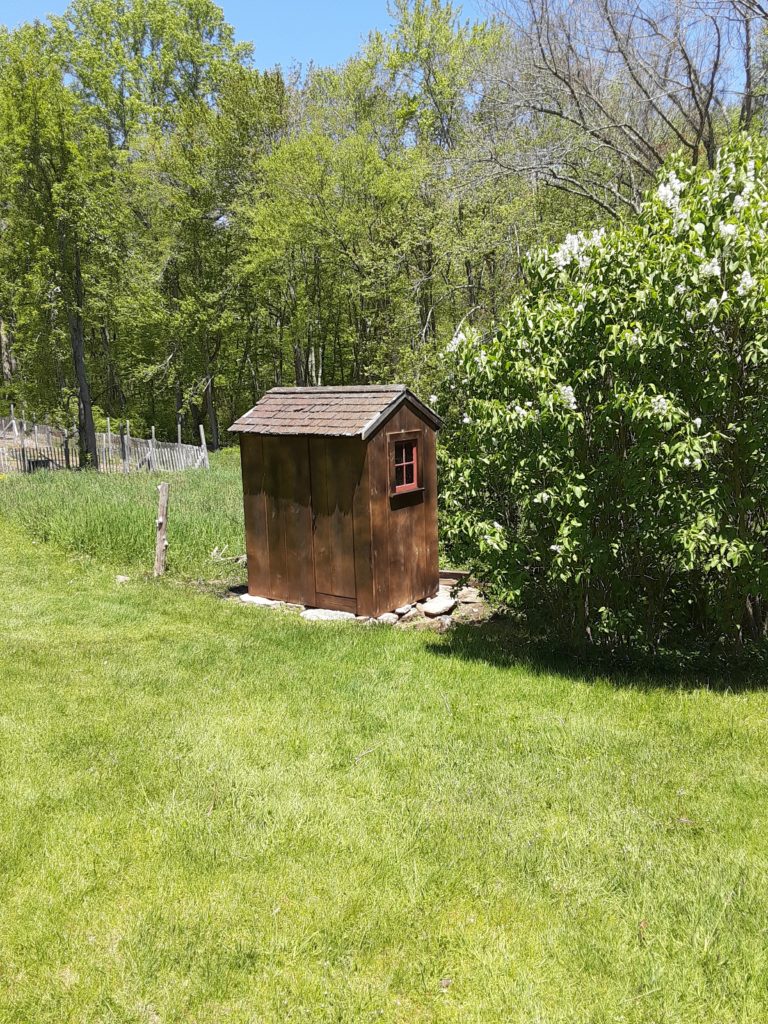
The Samuel Smith Farmstead represents an outstanding example of a simple Connecticut colonial-era homestead located at, 82 Plants Dam Road, East Lyme, CT. The house and barn currently sit on 17 acres of rural land which was part of the original homestead. The house is unique, since it is being restored and equally important maintained with accuracy to its beginning in c1685 with additional construction, additions to the house in c1735 and c1812.
The Samuel Smith Farmstead is a remarkably intact colonial house, barn and farm. The farmstead, previously known as the Hurlburt House, was identified and registered in 1979 with the Connecticut State Historic Preservation Commission and the National Register of Historic Places.
The Friends of Samuel Smith House and Property, Inc. is a 501(c)(3) non-profit organization. The mission of Friends of Samuel Smith House and Property, Inc. is to restore, maintain and preserve the house and property as a living museum of 17th and 18th century Connecticut farm life. The Farmstead is jointly owned by the Town of East Lyme and Niantic Sportsmen’s Club. The Farmstead is overseen by Friends of Samuel Smith House and Property, Inc. Its membership is open to anyone who wishes to support its mission.
Initial funding for the Samuel Smith Farmstead was provided by the Town of East Lyme, the State Historic Preservation Office of the Department of Economic and Community Development through Connecticut’s Historic Restoration Fund and the Community Investment Act of the State of Connecticut and the Niantic Sportsmen’s Club.
It takes money, volunteer labor and many talents to support the Farmstead through the Friends of Samuel Smith House and Property, Inc. and we invite you to join us in our mission as a volunteer. For membership information please visit our Volunteer page.
For information on becoming a member, visit our Become a Member page.

